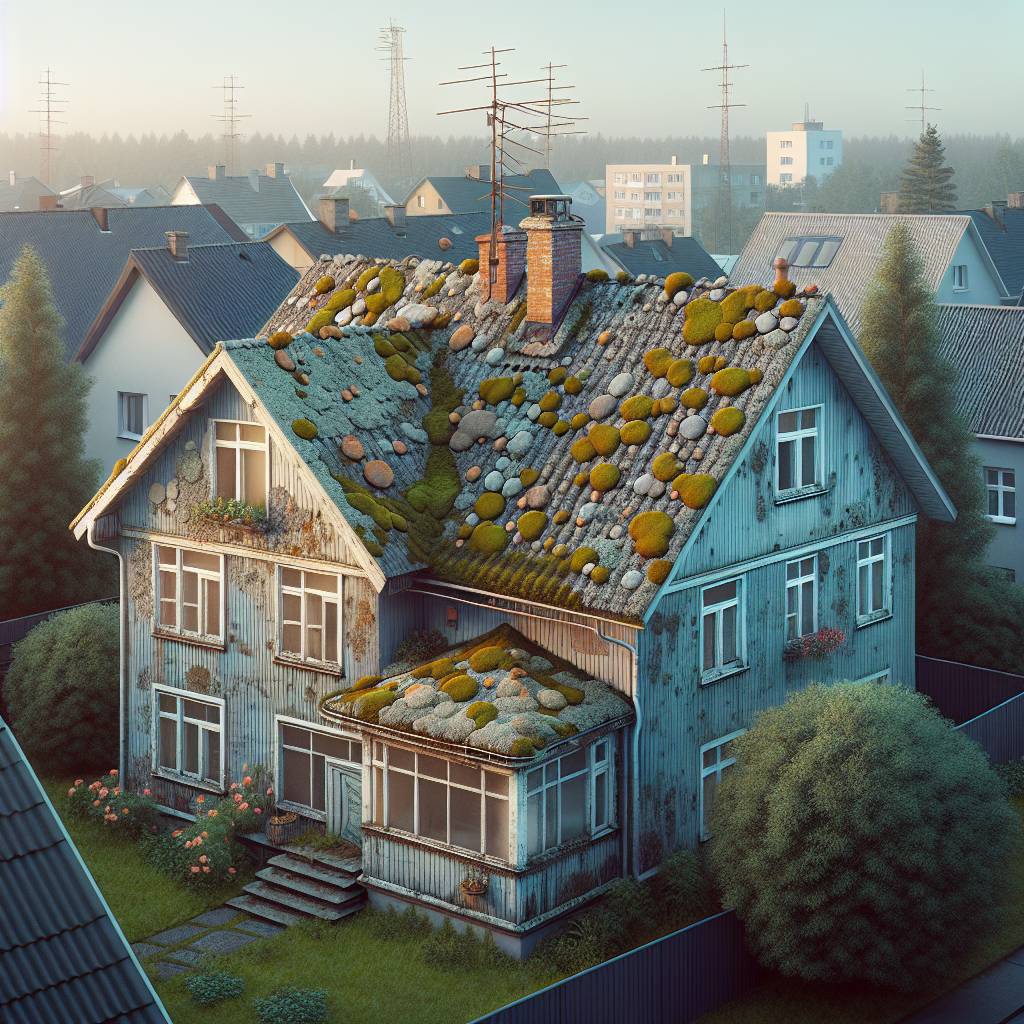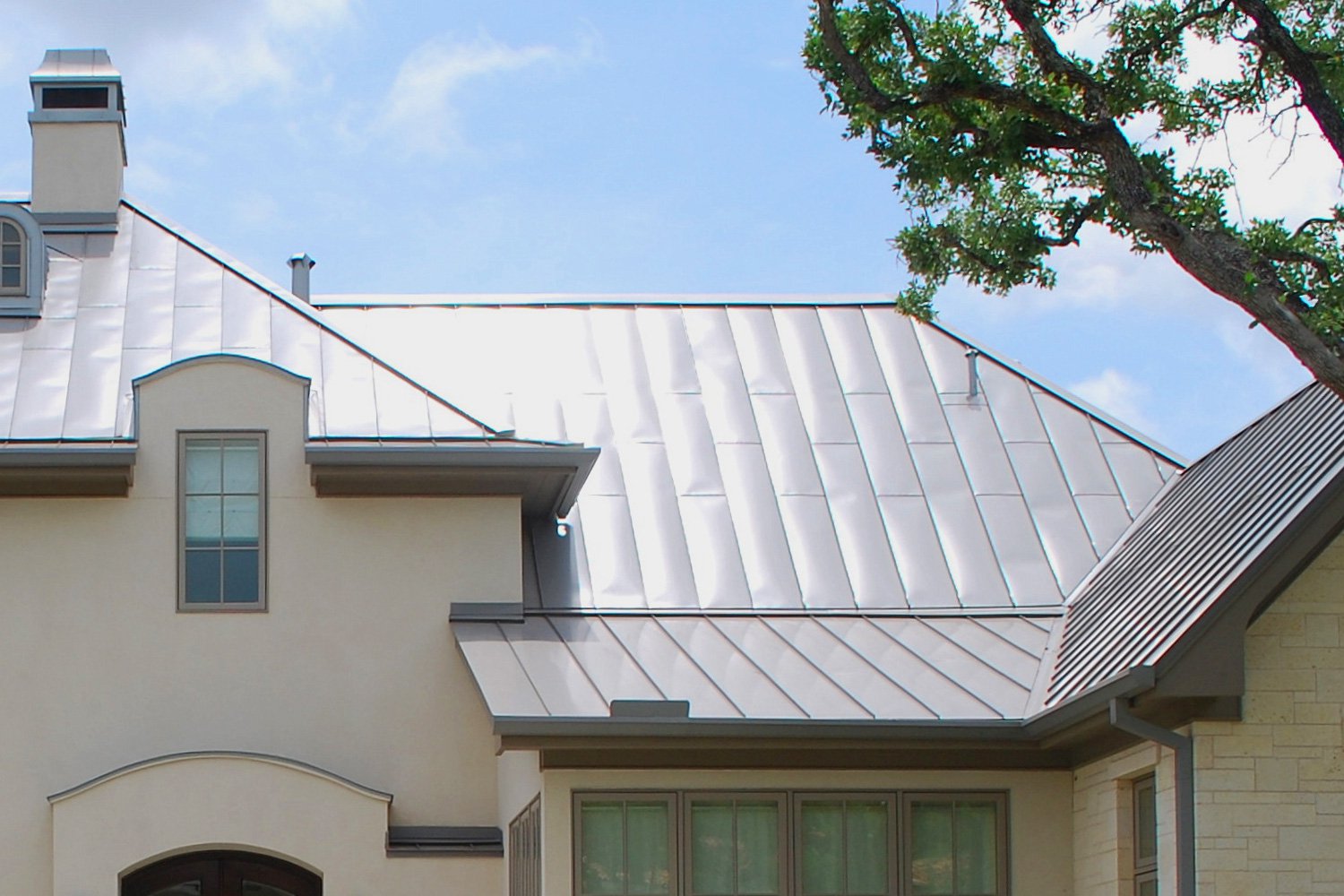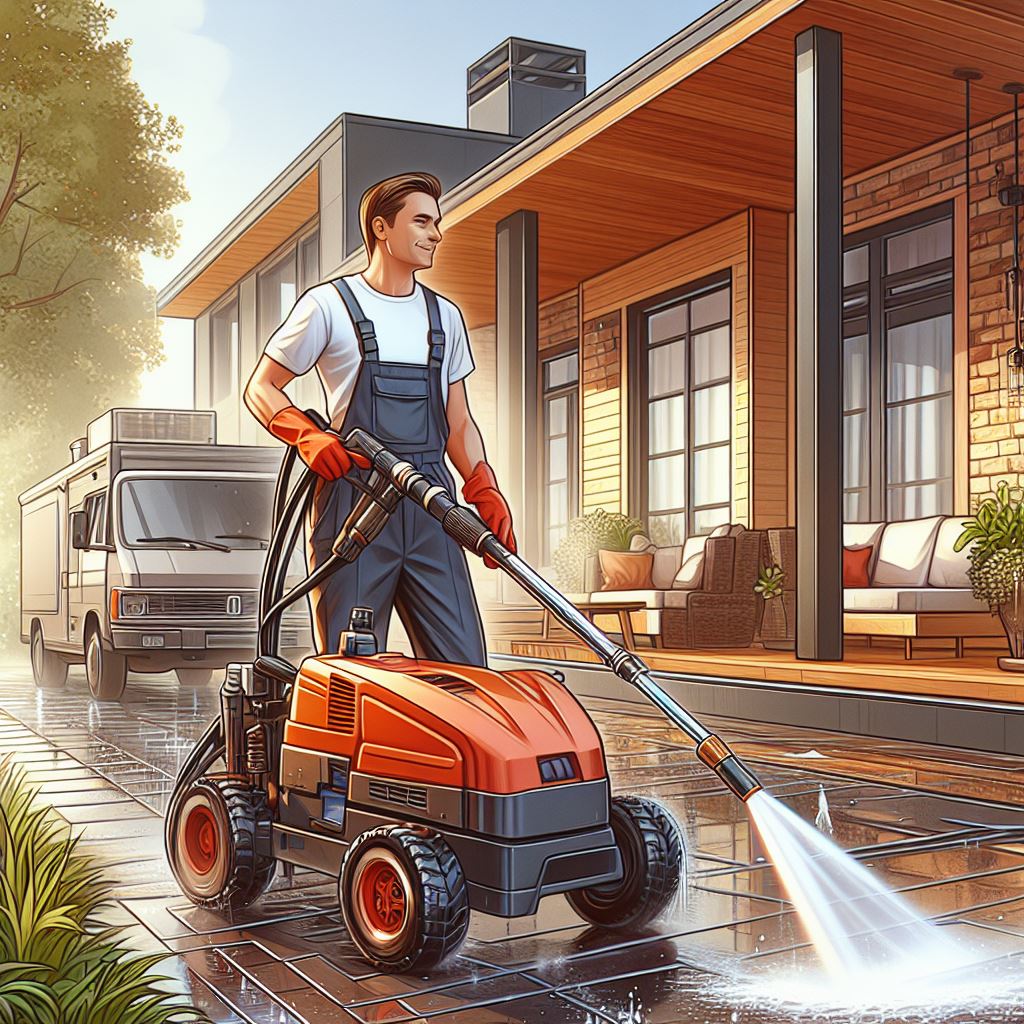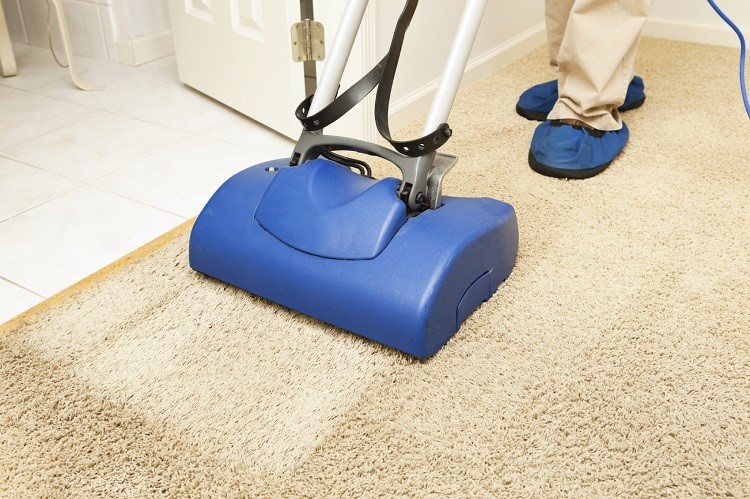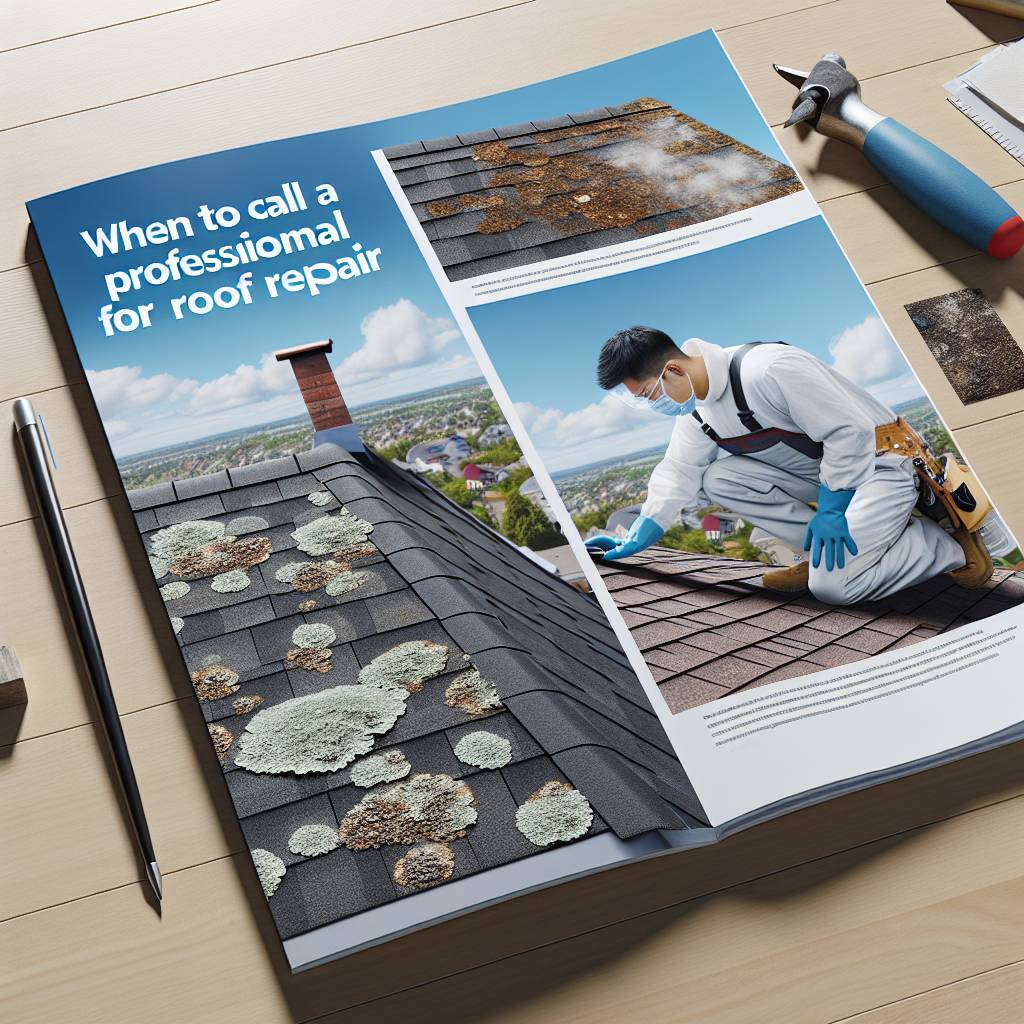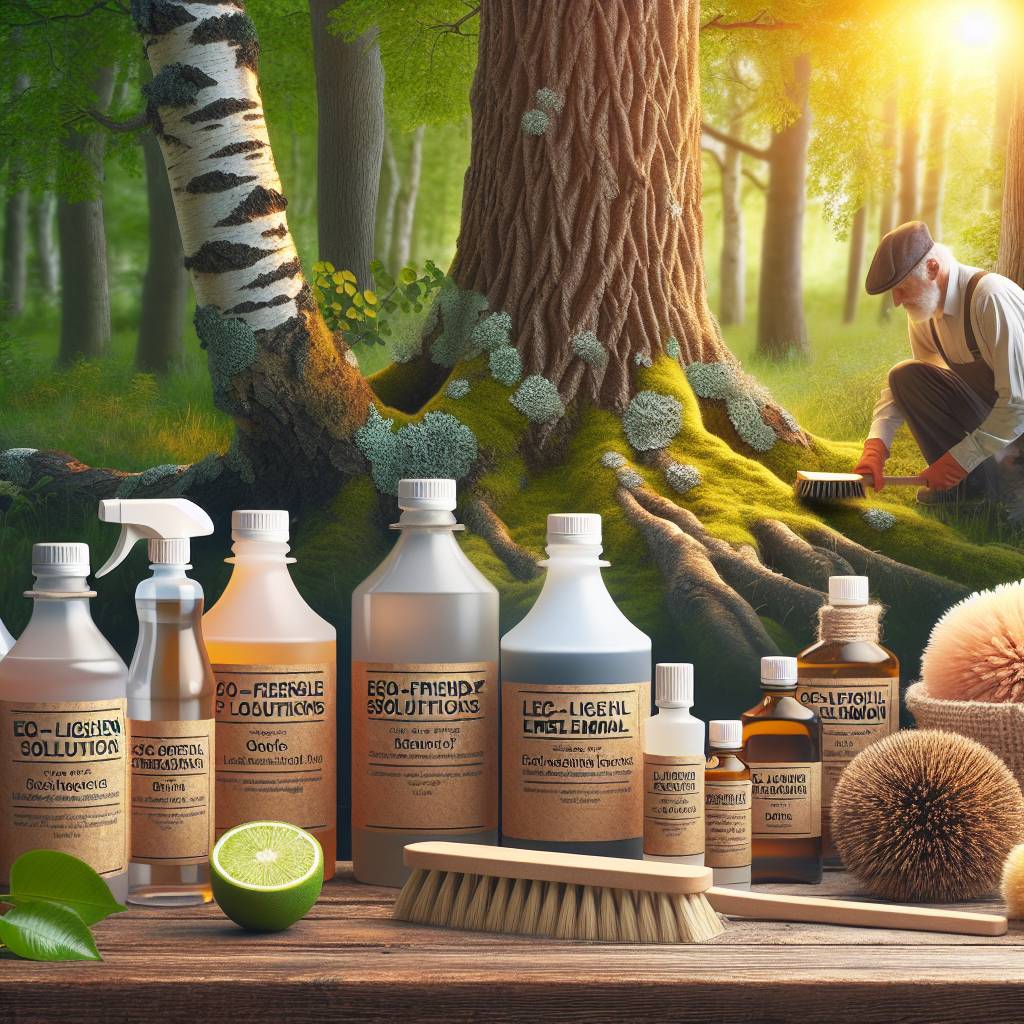Lichen infestation may seem harmless, but it can pose significant risks to the integrity of your roof. Over time, fungus can penetrate and damage roofing materials, leading to leaks and structural issues. By understanding the potential dangers associated with lichen growth on roofs, homeowners can take proactive measures to mitigate these risks.
As we delve into this topic, we’ll explore the impact of lichen and fungus on different types of roofing materials, its role in accelerating wear and tear, and the growth of mold. We’ll discuss effective prevention and removal strategies to safeguard your roof from potential harm caused by lichen infestation.
Key Takeaways
- Regular Inspection is Key: Regularly inspect your roof for lichen growth, fungus, mould, and thatch to catch it early and prevent extensive damage.
- Take Action Promptly: Address lichen infestation, fungus, mould promptly to avoid potential structural damage, costly repairs, whole roof in the future.
- Consider Professional Cleaning: Consider professional roof cleaning services for thorough and effective lichen removal, especially for extensive infestations of fungus.
- Preventative Measures Matter: Implement preventative measures such as installing copper or zinc strips to inhibit future lichen growth and prolong the lifespan of your roof.
- Assess Cost-effectiveness: Assess the cost of lichen damage, fungus, and mould against cleaning expenses to make informed decisions about maintenance and repairs of the whole roof.
- Longevity Through Timely Removal: Emphasize the importance of timely lichen and mould removal for the longevity and durability of your roof.
Understanding Lichens and Their Impact on Roofing Materials
Growth Patterns of Lichens
Lichens, a combination of algae and fungi, are known to thrive in various environments, including roofs. They can attach themselves to roofing materials and begin their growth process, causing a mould and lichen problem. Once lichens take hold, they spread across the surface of the roof, forming a visible layer. This growth pattern is crucial to understand because it allows homeowners to recognize the signs of infestation early on.
Lichens’ ability to penetrate and break down roofing materials is concerning for homeowners. As they spread across the roof’s surface, lichens and mould release acids that can degrade shingles or tiles over time. This degradation weakens the structural integrity of the roofing material, potentially leading to leaks or other damage within the home. Recognizing this risk underscores why understanding lichen infestation is essential for maintaining a healthy roof.
Characteristics Impacting Roofs
Understanding how lichen characteristics impact roofs is vital for homeowners seeking effective solutions. The root-like structures of lichens allow them to anchor onto roofing materials firmly. This attachment not only facilitates their growth but also makes removal challenging without causing further damage.
Moreover, lichens’ moisture-absorbing capacity poses an additional risk factor for roofs in humid climates or areas prone to frequent rainfall. Excessive moisture accumulation resulting from lichen presence can accelerate deterioration in roofing materials over time.
Recognizing Lichen Growth and Its Effects on Roof Surfaces
Identifying Lichen Growth
Lichen growth on roofs can manifest as green or gray patches, often with a fuzzy or crusty texture. These patches are usually found on the shingle surface of the roof, but they can also spread to cover the whole roof. When inspecting your roof, look for these distinct patches that resemble fungus or organic growth. It’s essential to recognize lichen early because it can retain moisture, leading to prolonged dampness on roof surfaces and potential water damage.
Early detection of lichens is crucial in preventing further deterioration of the roof. If left unaddressed, lichens can cause serious harm to the integrity of your roofing materials by trapping moisture and promoting decay. Regular inspection is key; if you notice any green or grayish areas with a fuzzy appearance similar to mold or algae, take immediate action.
Effects of Lichen Growth
The presence of lichens on your roof poses various risks. For instance, when leaves accumulate under lichens, they create spatter marks that hold moisture against the shingles, accelerating their deterioration process. In freezing climates, this trapped moisture may expand upon freezing and worsen existing cracks in roofing materials.
Moreover, organisms within lichens secrete acids that break down roofing components over time. This continuous breakdown weakens the structural integrity of the roof and compromises its ability to protect your home from external elements such as rainwater and snowmelt.
In addition to physical damage caused by retained moisture and acid secretion from lichens, their presence also affects the aesthetic appeal of your property’s exterior. The image presented by a house covered in unsightly green or gray patches due to lichen infestation may deter potential buyers’ interest if you ever decide to sell your home.
Causes and Risks of Lichen Infestation on Roofs
Causes of Lichen Infestation
Lichen infestation on roofs is primarily caused by moisture, shade, and the accumulation of organic debris. When these factors converge, they create an ideal environment for lichens to thrive. For instance, if a roof is constantly shaded and retains moisture due to overhanging trees or nearby structures, it becomes susceptible to lichen growth. When leaves, twigs, or other organic matter accumulate on a roof surface over time, they provide nutrients for lichens to establish themselves.
Ignoring the presence of lichens can lead to more than just aesthetic concerns; it can also indicate an environment conducive to other damaging organisms like moss and algae. These organisms often coexist with lichens in similar environmental conditions. Therefore, if left unaddressed, not only will the extent of damage increase but also the complexity in treatment methods.
Risks Associated with Lichen Infestation
The risks associated with lichen infestation on roofs are significant and should not be overlooked. One major risk is accelerated roof deterioration. As lichens attach themselves to roofing materials such as shingles or tiles, their root-like structures penetrate and hold moisture against the surface—leading to premature wear and tear. This can compromise the structural integrity of the roof over time.
Moreover, ignoring lichen infestations can reduce a roof’s lifespan significantly. The gradual degradation caused by prolonged exposure to these organisms weakens roofing materials and makes them more susceptible to damage from external elements such as wind and rain.
In addition,
- Costly repairs may become necessary when addressing long-term neglect of lichen infestations.
- Aesthetic appeal diminishes as unsightly patches spread across the roof’s surface.
Comparing Lichen Damage to Other Roof Growths
Physical Impact
Lichens, although lacking penetrating roots, can still cause physical damage over time. Unlike moss, lichens do not need soil or nutrients from the roof but can still affect its integrity. Their presence can lead to the deterioration of roofing materials.
Lichens may not have roots that penetrate the roof surface like some other growths, but they can still impact it physically. While moss requires soil and nutrients from the roof for survival, lichens don’t need these resources yet they can still harm the roof’s structure over time.
Complexity of Removal
Compared to algae, lichens possess a more intricate structure that makes them challenging to eradicate and control. Due to their robust attachment mechanism and protective outer layer, removing lichens from roofs is a difficult task.
When compared with algae infestations on roofs, lichen removal poses greater challenges due to their complex structure. The sturdy attachment method and protective outer layer make getting rid of lichens more demanding than dealing with algae.
Preventive Measures and Cleaning Solutions for Lichen Removal
Regular Maintenance
Regular roof maintenance is crucial in preventing the infestation of lichen. This includes cleaning gutters and removing debris that can create a hospitable environment for lichen growth. By keeping the roof clean and free from organic matter, you can reduce the likelihood of lichen taking hold.
It’s important to note that compared to other roof growths, such as moss or algae, lichen tends to adhere more firmly to surfaces. Therefore, proactive measures like regular cleaning are essential in addressing this specific issue.
Chemical Solutions
When facing a persistent lichen problem, chemical solutions specifically designed for lichen removal come into play. These solutions are formulated to target lichen colonies without causing damage to the roof material. They work by breaking down the structure of the lichen, making it easier to remove without harming the underlying surface.
For instance, some products contain ingredients like bleach or soap that effectively penetrate and dissolve lichen stains. When using these solutions, it’s important to follow manufacturer instructions carefully and consider any environmental impact they may have.
Implementing Preventive Measures
In addition to regular maintenance and targeted cleaning solutions, implementing preventive measures can further inhibit lichen growth on roofs. One effective method involves installing zinc or copper strips along the ridge of the roof. These metals release ions that are toxic to lichens when washed down by rainwater.
Professional Roof Cleaning Services Versus DIY Methods
Professional Services
Hiring professional roof cleaning services is essential. These experts ensure thorough removal of lichens without causing damage to the roof. They have the necessary equipment and expertise to safely and efficiently clean roofs infested with lichens.
Professional cleaners use specialized tools and solutions, such as soft washing techniques, to remove lichens effectively. This approach not only eliminates existing colonies but also prevents their regrowth, ensuring a longer-lasting solution for your roof. By opting for professional services, homeowners can avoid potential damage that may arise from using improper DIY methods or harsh chemicals.
DIY Methods
On the other hand, utilizing DIY methods for removing lichen colonies may not be as effective in eliminating all growths. Without proper knowledge and equipment, homeowners risk incomplete removal which could lead to further damage if done incorrectly. For instance, using a pressure washer at high settings may dislodge granules from asphalt shingles or cause water infiltration under roll roofing.
Some organic debris left behind after DIY cleaning attempts can create an environment conducive to future lichen growth. Homeowners might unknowingly provide nutrients for new infestations by leaving behind remnants of algae or moss during incomplete manual removal processes.
To illustrate this point further: imagine trying to clean your entire house with just a regular vacuum cleaner instead of specialized tools like mops and dusters – you might miss out on hidden dirt in corners or crevices that require specific equipment for thorough cleaning.
Assessing the Cost of Lichen Damage Against Cleaning Expenses
Cost-Efficiency of Roof Cleaning
When lichens infest a roof, the cost of cleaning them is notably lower than repairing or replacing a damaged roof. Professional roof cleaning services can efficiently remove lichens without causing harm to the roof’s surface. By investing in regular cleaning and maintenance, homeowners can prevent costly repairs caused by lichen infestation.
Regular cleaning not only eliminates lichens but also prevents their return, thereby prolonging the life of the roof. The expense incurred for professional cleaning pales in comparison to the potential costs associated with neglecting this issue. For instance, ignoring lichen infestation may lead to structural damage that requires extensive repairs or even a complete replacement.
Investing in periodic professional cleanings is akin to an insurance policy for your roof’s longevity. It ensures that any potential issues are nipped in the bud before they escalate into major problems. While some might view it as an additional expense, considering its long-term benefits makes it a worthwhile investment for maintaining a durable and aesthetically pleasing roof.
Long-Term Benefits
The removal of lichens through professional services not only restores the visual appeal of the roof but also safeguards its structural integrity. This preventive approach helps homeowners avoid expensive repairs down the line and contributes to preserving property value.
Moreover, opting for DIY methods over professional cleaning might seem cost-effective initially; however, it often leads to incomplete removal or unintended harm to roofing materials due to improper techniques or harsh chemicals. In contrast, professional cleaners possess specialized knowledge and use gentle yet effective methods that ensure thorough removal while preserving the integrity of roofing materials.
Preventing Future Lichen Growth with Copper or Zinc Strips
Inhibiting Lichen Growth
Copper or zinc strips placed near the roof’s ridge release metal ions that hinder future lichen growth. These metal strips act as a natural deterrent, preventing lichens from taking hold on the roof. By doing so, they help maintain the aesthetic appeal of the roof and prevent potential damage caused by lichen infestation.
Installing copper or zinc strips during roof construction or incorporating them into a maintenance plan can effectively stop streaks of lichens from forming. As part of an environmentally friendly approach, these metal solutions provide long-lasting protection against future lichen infestation without causing harm to the surrounding environment.
Environmental Friendliness and Long-Lasting Protection
The use of copper or zinc strips not only prevents current lichen growth but also offers ongoing protection against future infestations. This proactive approach eliminates the need for frequent cleaning and maintenance to address recurring issues related to lichens on roofs.
Moreover, these metal solutions are considered environmentally friendly due to their non-toxic nature and sustainable impact on preventing future growth of lichens. Unlike chemical treatments which may have harmful effects on plants and animals in the vicinity, copper or zinc strips offer a safe alternative for inhibiting lichen development while preserving environmental balance.
The Importance of Timely Removal of Lichens for Roof Longevity
Extending Roof Lifespan
Promptly removing lichen infestations from roofs is crucial for maintaining their structural integrity and extending their lifespan. Lichens, if left unchecked, can penetrate the surface of the roof, causing damage to the shingles or tiles. This damage not only compromises the aesthetic appeal but also weakens the overall structure of the roof.
Regular inspections to identify any signs of lichen growth are essential in addressing this issue promptly. By taking timely action to remove lichens, homeowners can prevent further deterioration and ensure that their roofs remain durable and long-lasting.
Avoiding Costly Repairs
Delaying the removal of lichens can result in more extensive damage to the roof, which may necessitate costly repairs or even premature replacement. These expenses could have been avoided had timely action been taken at the first sign of lichen infestation.
For instance, if lichen growth progresses unchecked on asphalt shingles, it can lead to granule loss and accelerated aging due to prolonged moisture retention. As a result, this compromises both the functionality and aesthetics of the roof while significantly reducing its expected lifespan.
Closing Thoughts
Understanding the risks of lichen infestation on roofs is crucial for preserving the longevity and integrity of your home’s roofing system. Lichens may seem harmless, but their presence can lead to significant damage, compromising the structural stability and aesthetic appeal of your roof. By recognizing the causes, effects, and preventive measures outlined in this article, you can take proactive steps to address lichen growth and protect your investment in your property.
Take action today by inspecting your roof for any signs of lichen infestation and considering the preventive measures discussed. Whether it’s implementing cleaning solutions, seeking professional roof cleaning services, or installing copper or zinc strips, being proactive can save you from costly repairs down the line. Your roof plays a vital role in safeguarding your home, so don’t overlook the importance of addressing lichen infestation promptly.
Frequently Asked Questions
What are lichens and how do they impact roofing materials?
Lichens are a combination of algae and fungi that can deteriorate roofing materials over time. They retain moisture, leading to decay and damage to the roof’s surface.
How can I recognize lichen growth and its effects on my roof surfaces?
Look for green or grayish patches on the roof, which could indicate lichen growth. Effects include discoloration, erosion of shingles, and potential water damage.
What causes lichen infestation on roofs, and what are the associated risks?
Moisture retention due to shaded areas or high humidity promotes lichen growth. Risks include aesthetic deterioration, structural damage, and reduced lifespan of roofing materials.
How does lichen damage compare to other types of roof growths?
Compared to moss or algae, lichen tends to have deeper root systems that penetrate the surface more aggressively. This can lead to more significant long-term damage if not addressed promptly.
Are there effective preventive measures or cleaning solutions for removing lichens from roofs?
Preventive measures such as installing copper or zinc strips can inhibit future lichen growth. Professional roof cleaning services offer effective solutions for safe removal.
